Range Rover is well known as Land Rover’s luxury lineup. In 2017, the luxury arm of the British manufacturer introduced the Range Rover Velar. The luxury SUV did a great job of filling the gap between the smaller Range Rover Evoque and the Range Rover Sport. But while moderately successful compared to its bigger sibling, the Velar’s sales between 2017 and 2022 are nearly 30-percent less than its bigger, more expensive sibling, the Sport. We are here to tell you why the Velar is one of the best sports-luxury SUVs and a better option than the Range Rover Sport.
2022 - 2022 Test Drive: The Range Rover Velar Is Painfully Under-Appreciated
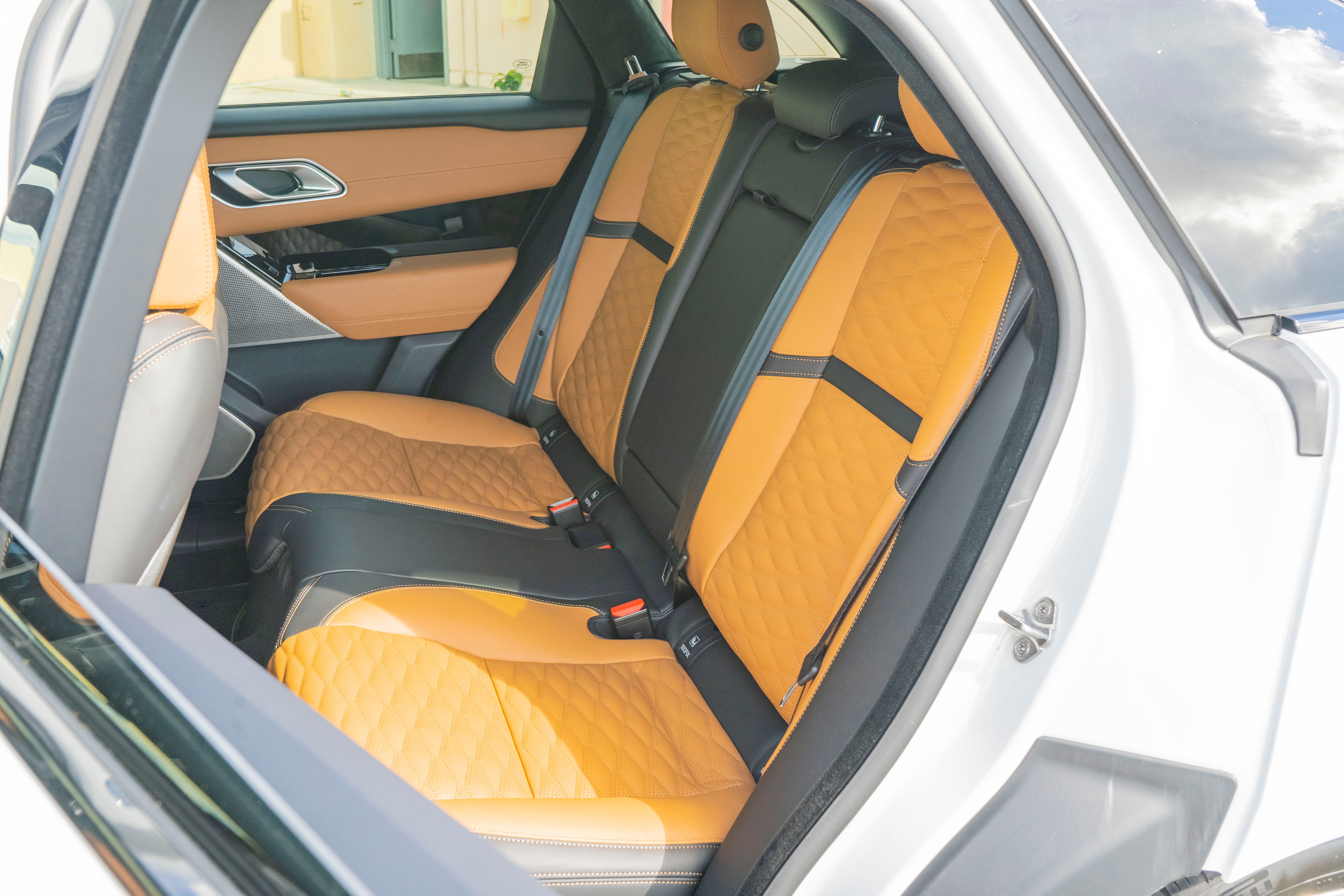

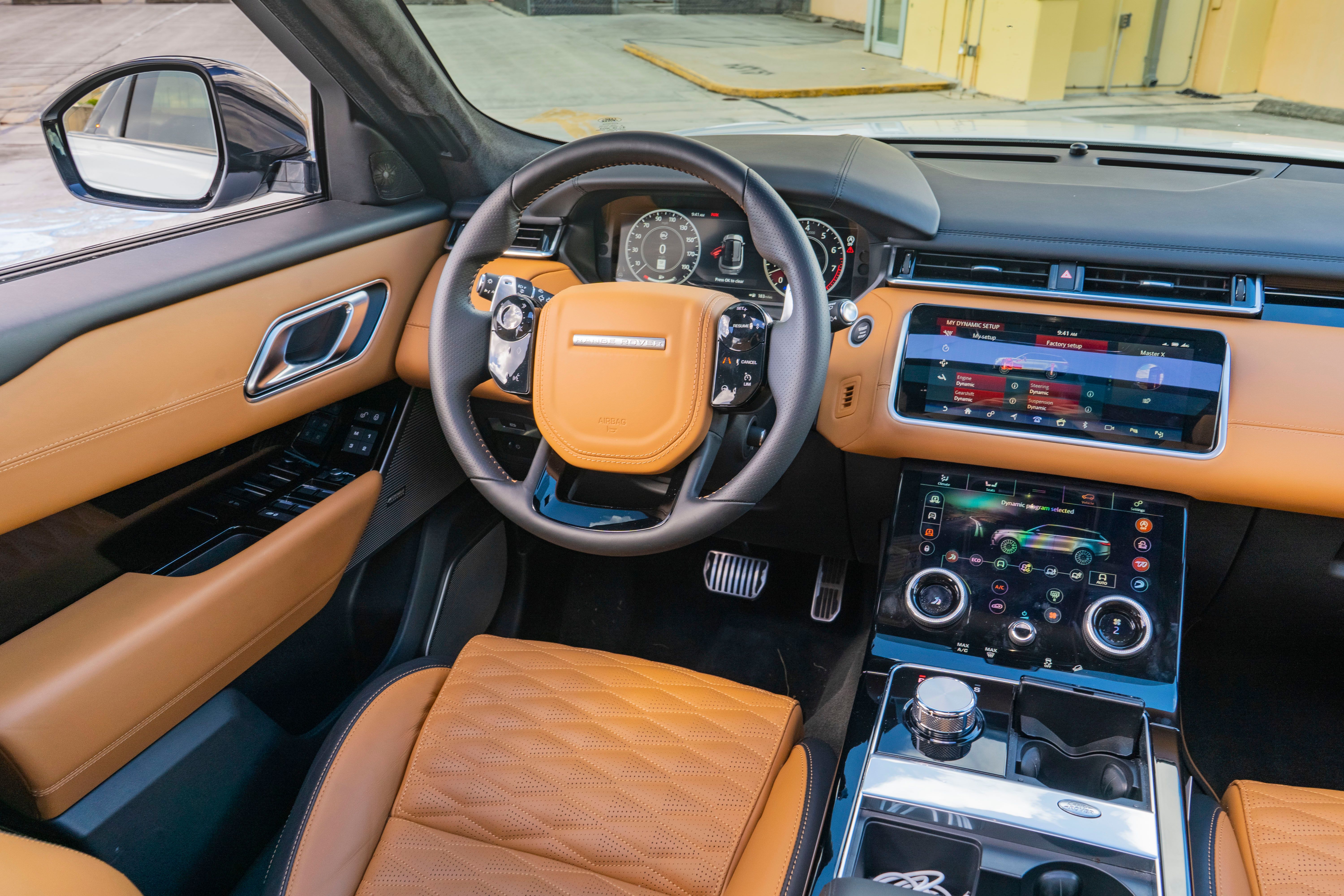
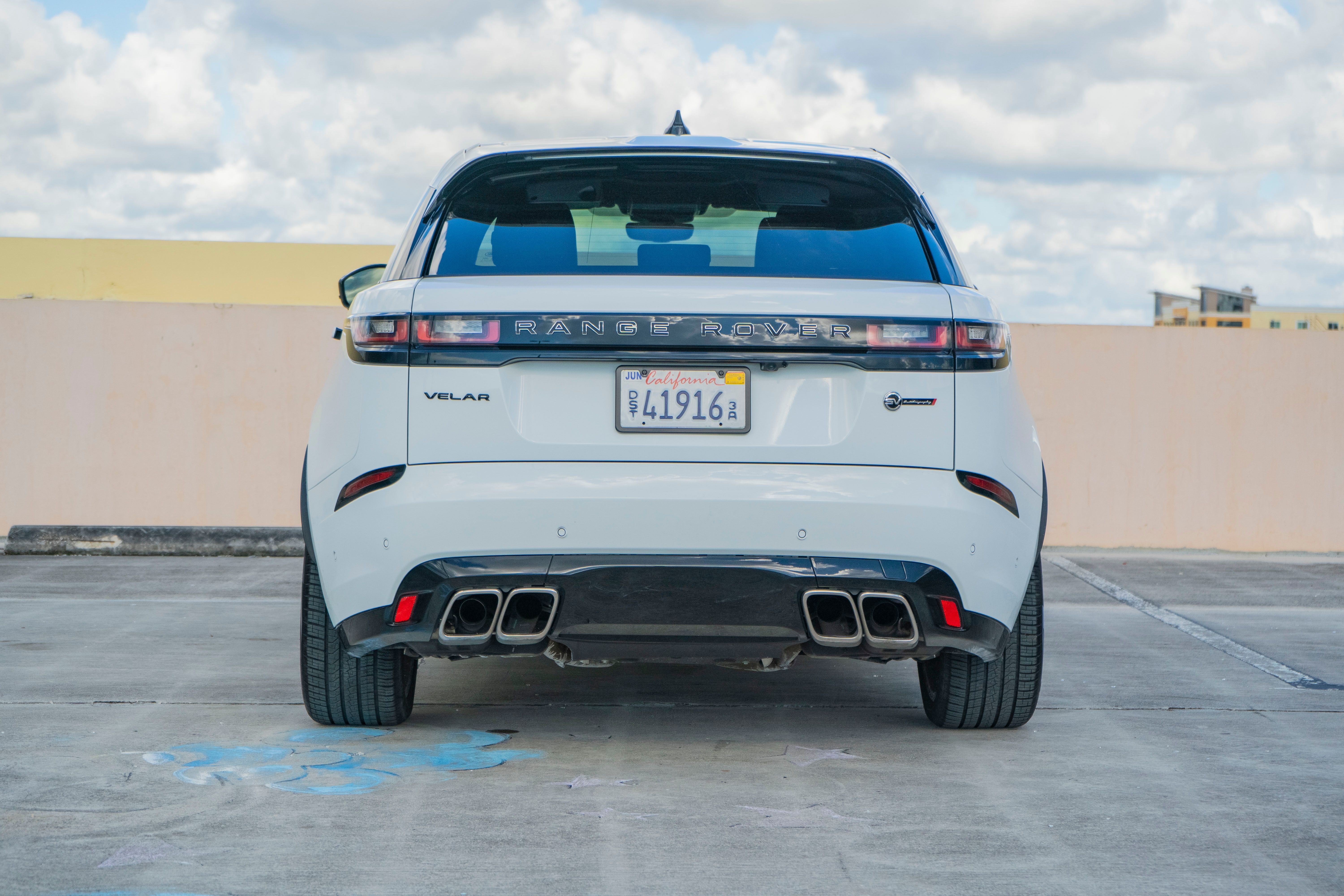
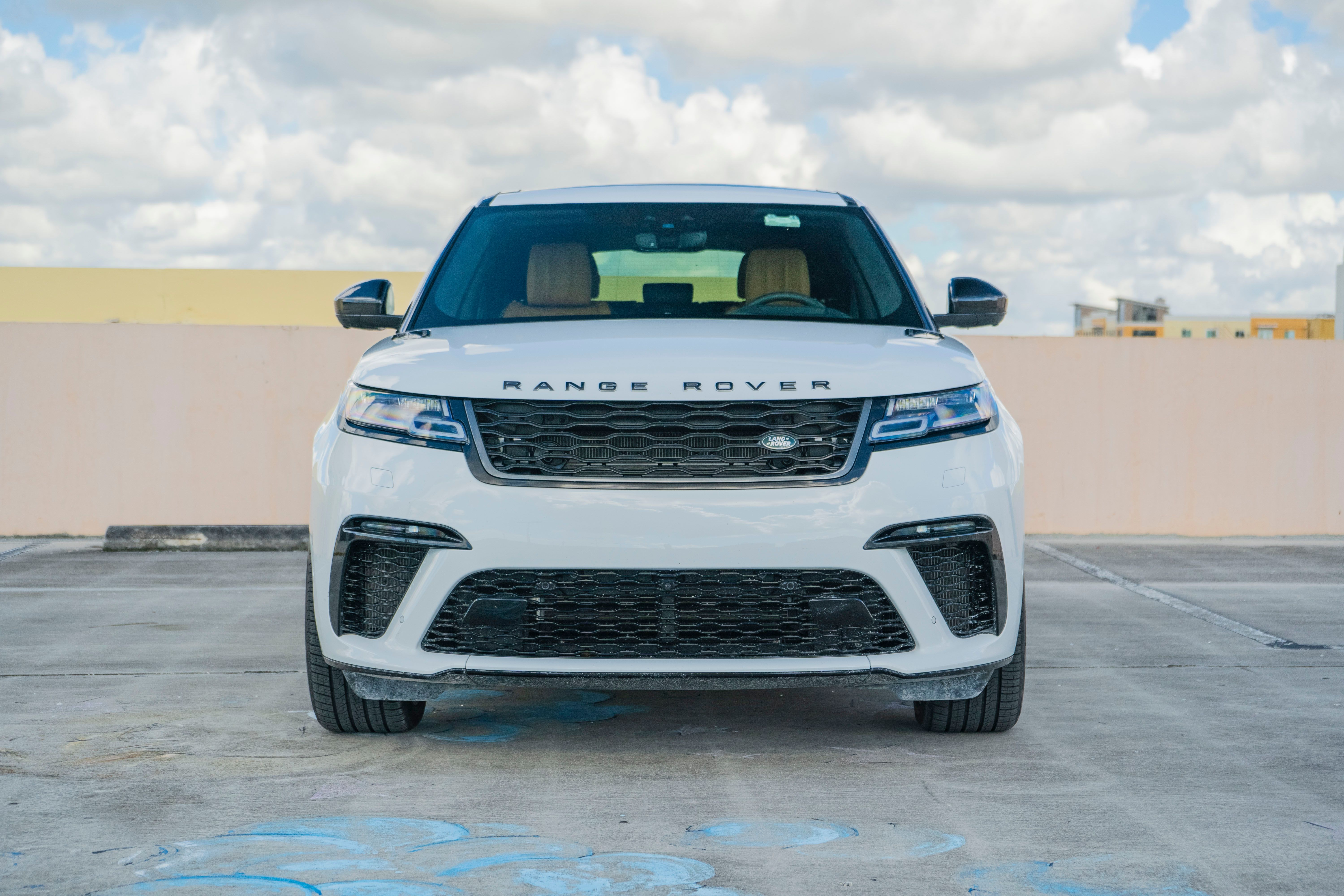
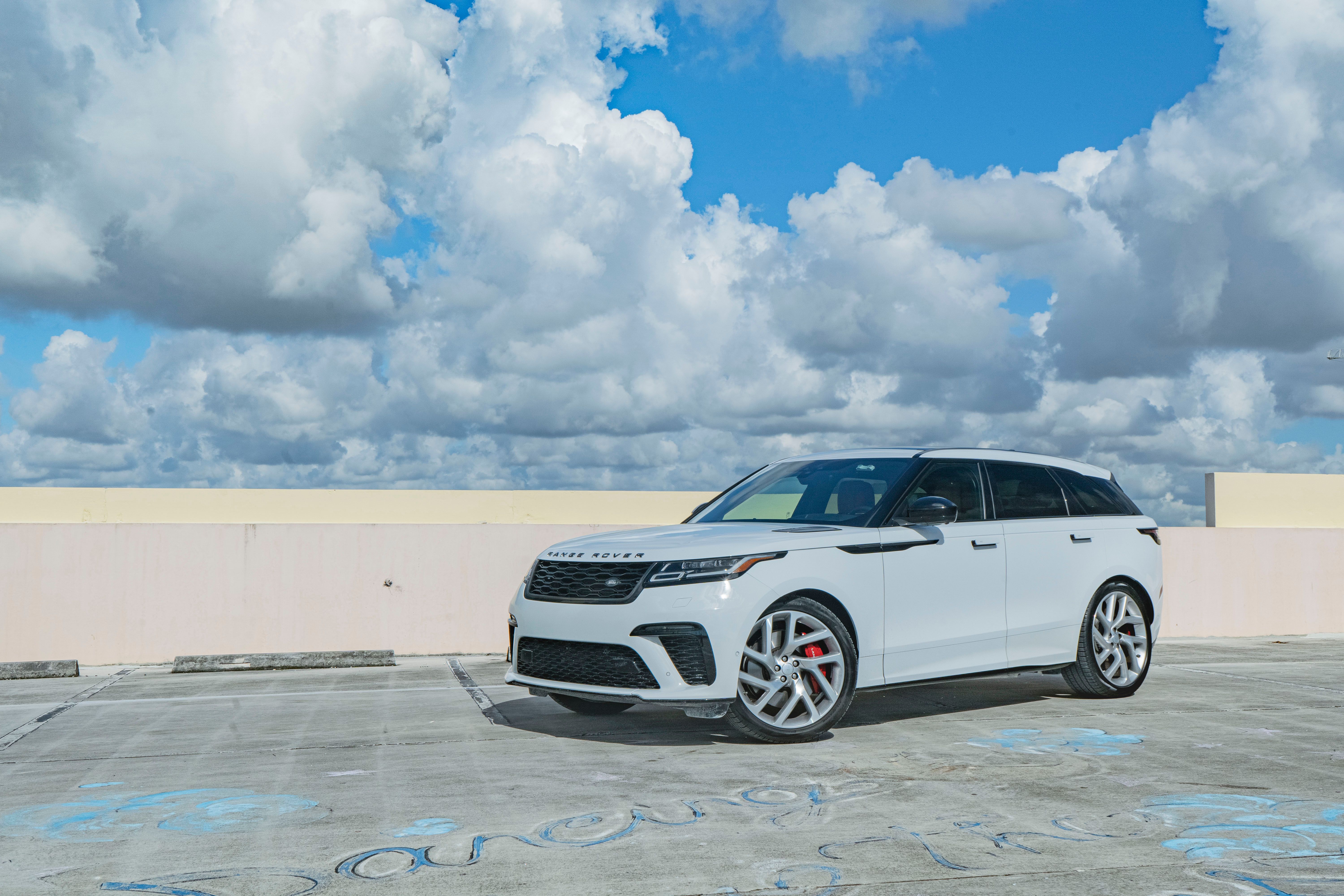
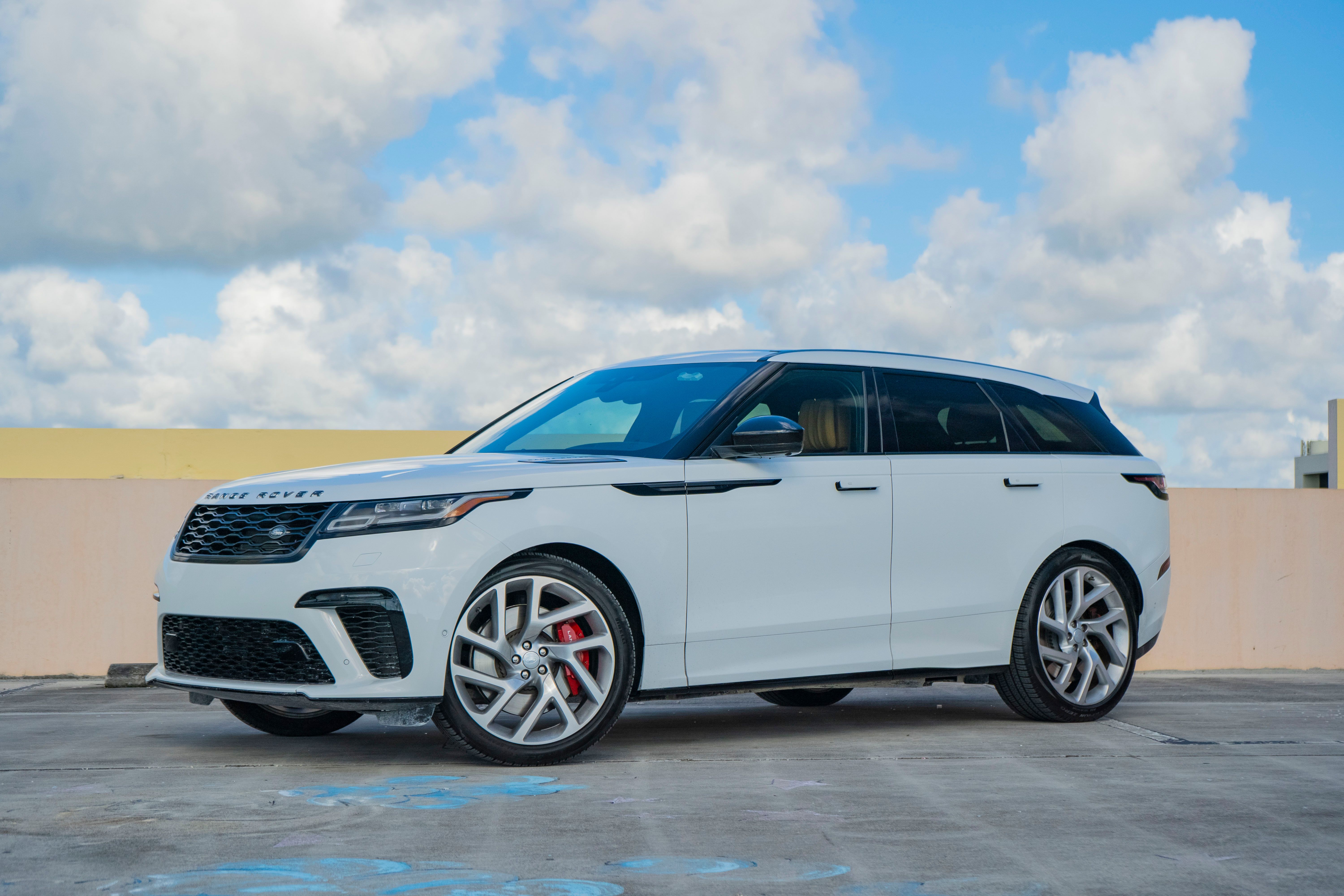
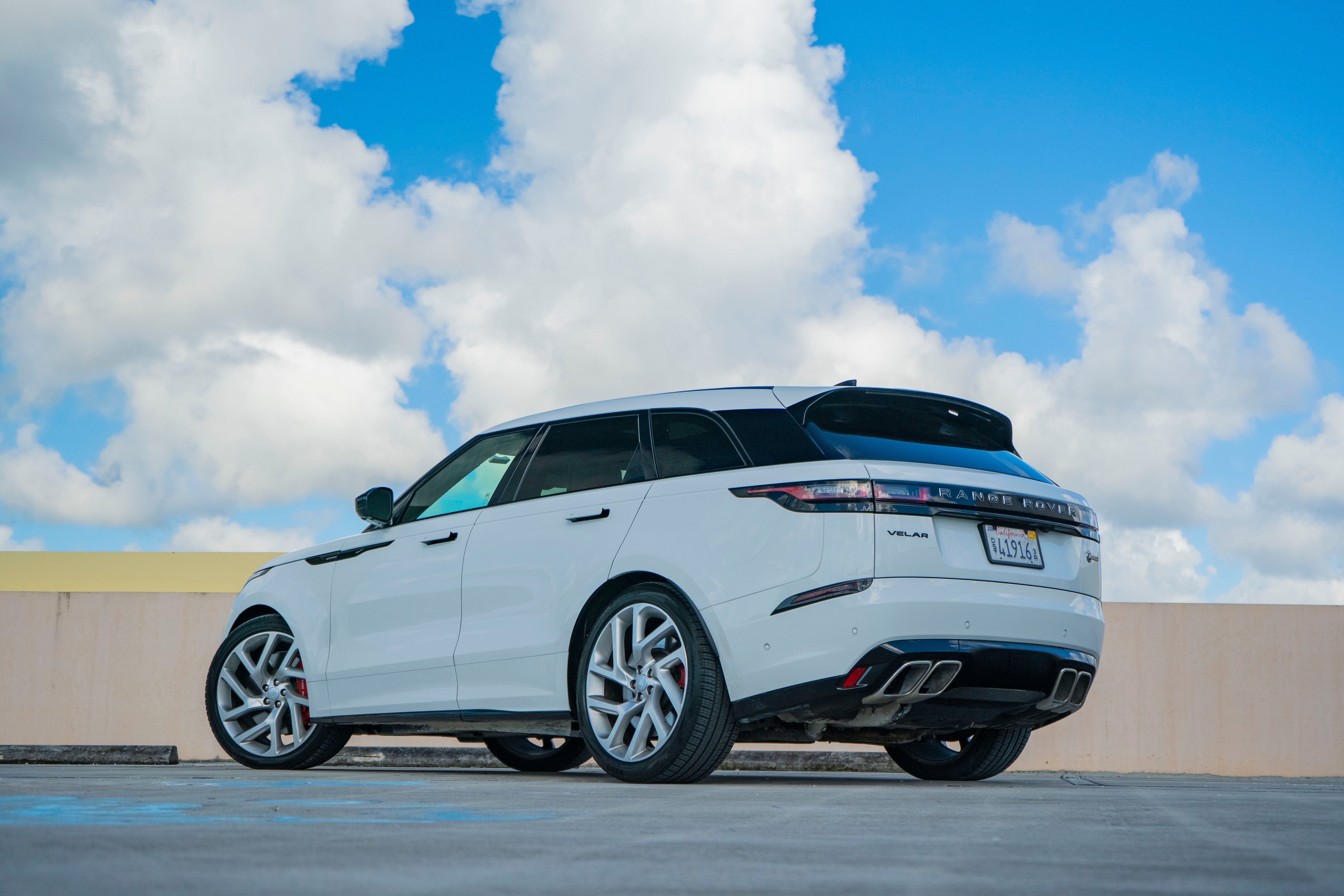
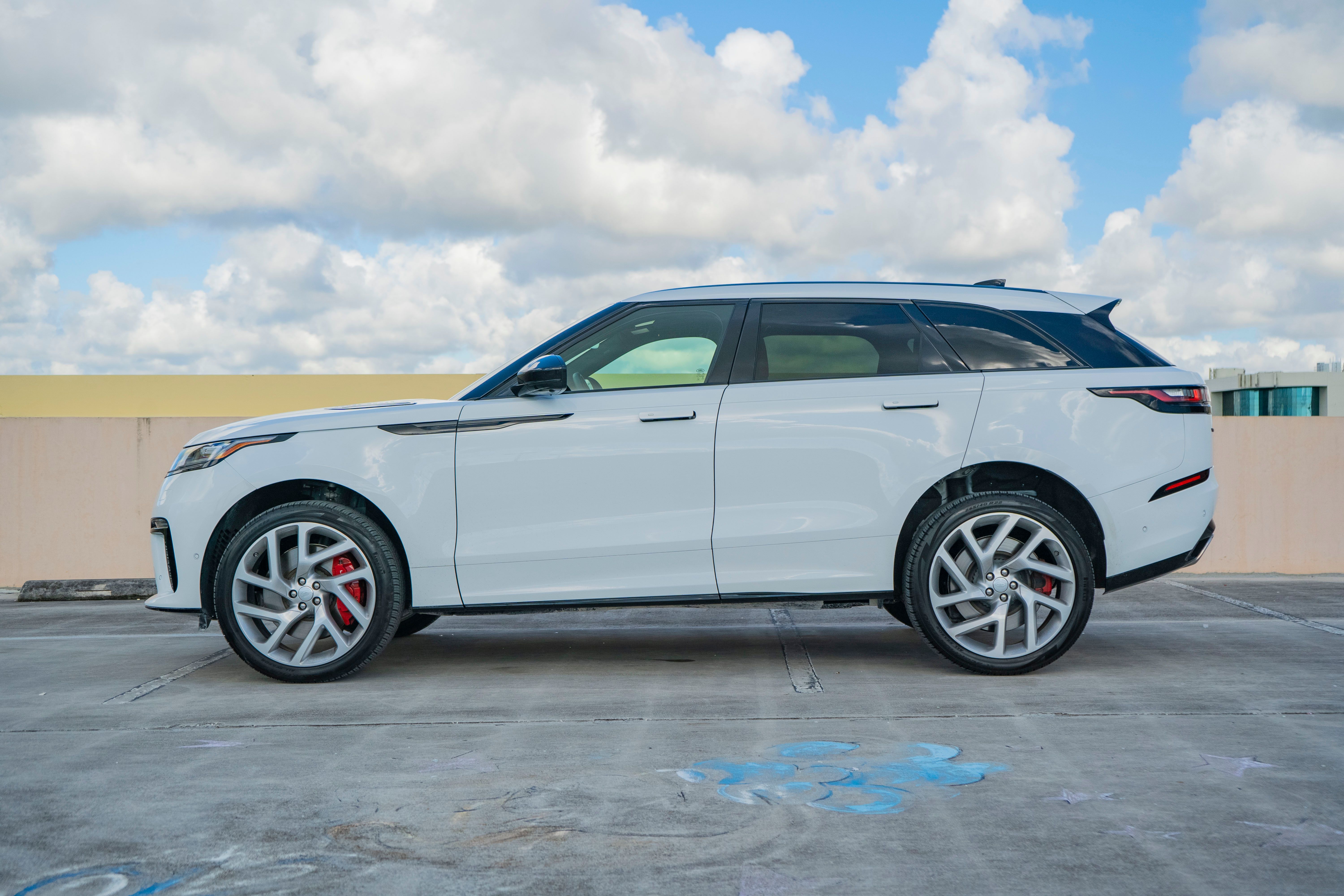

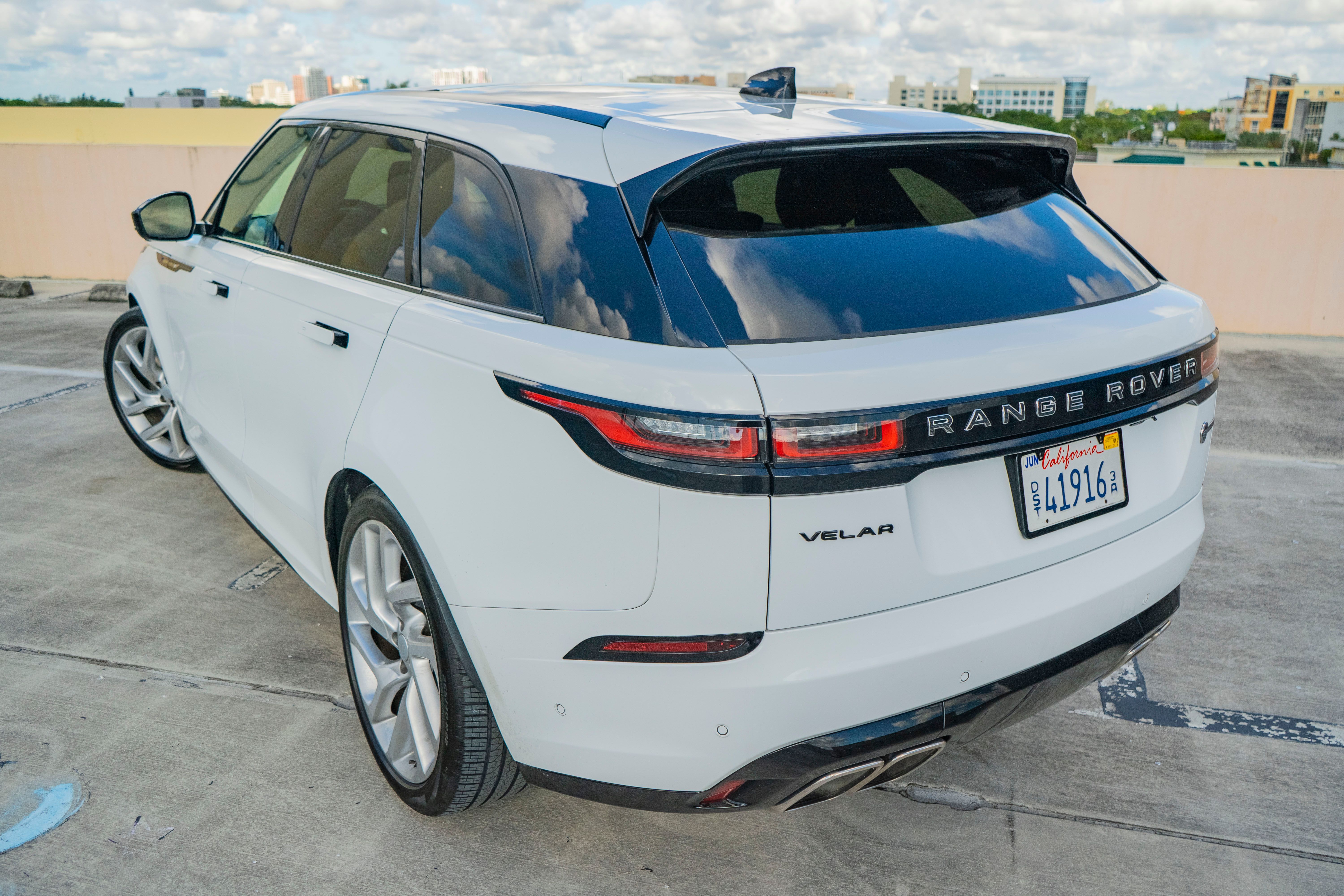
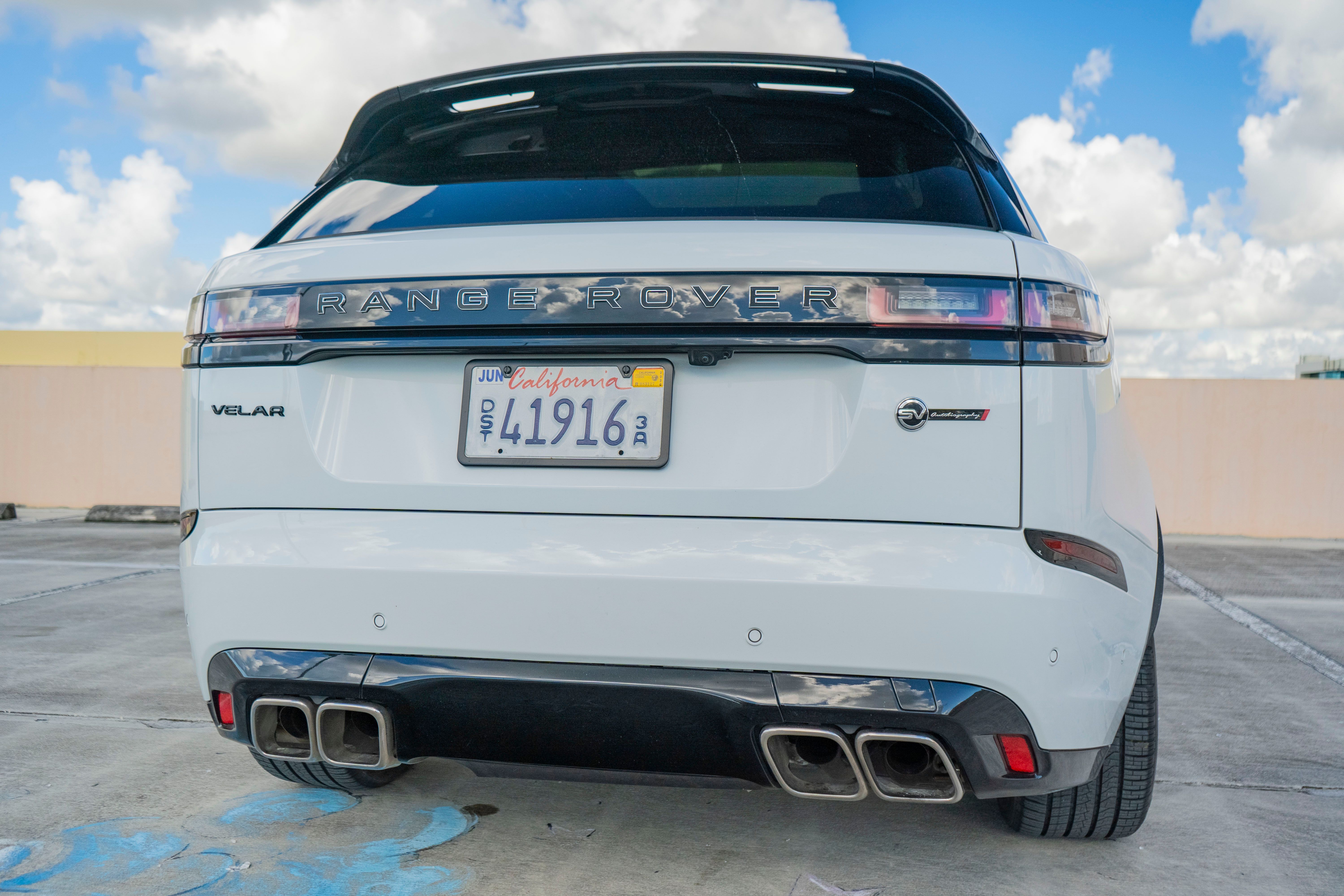
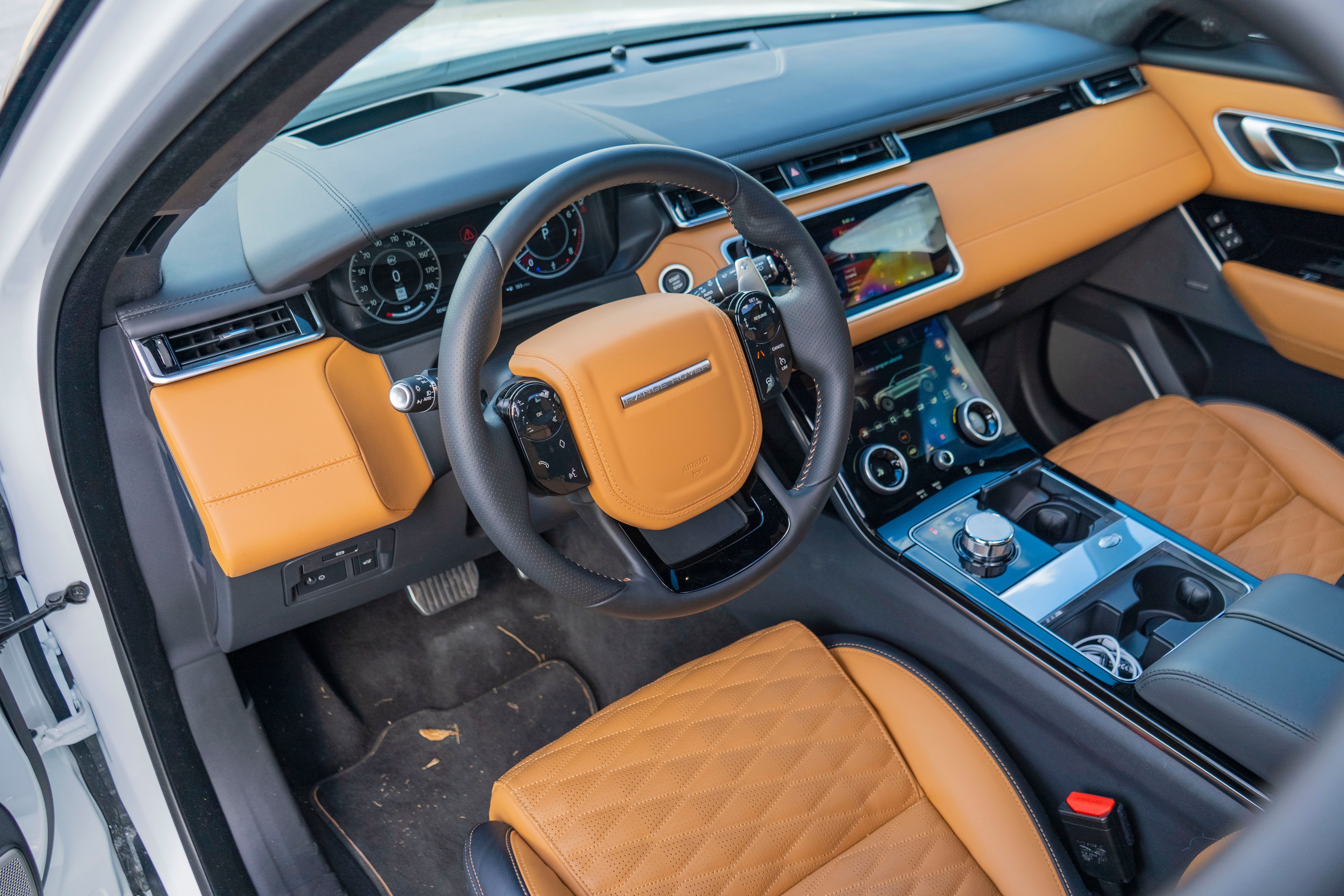
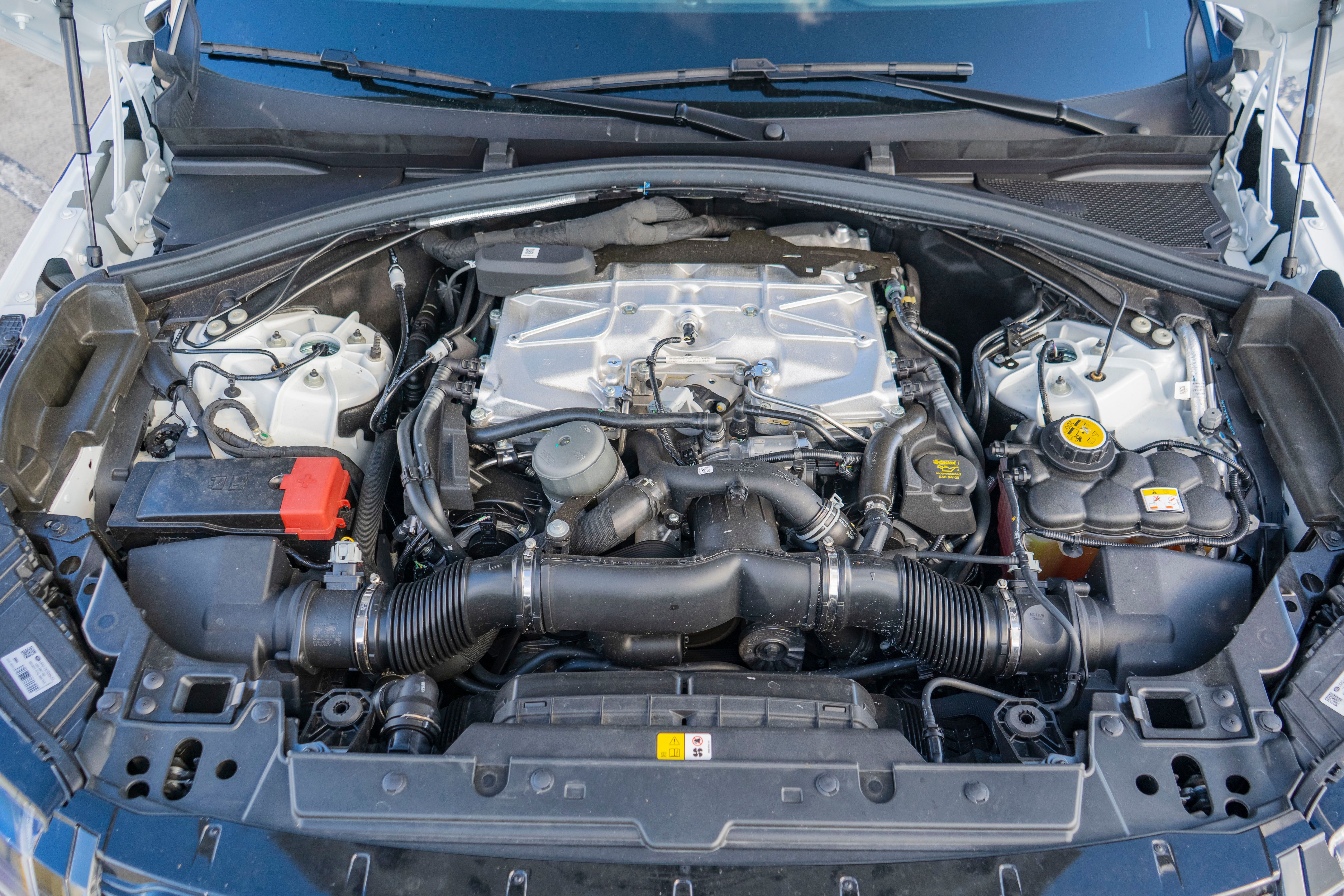
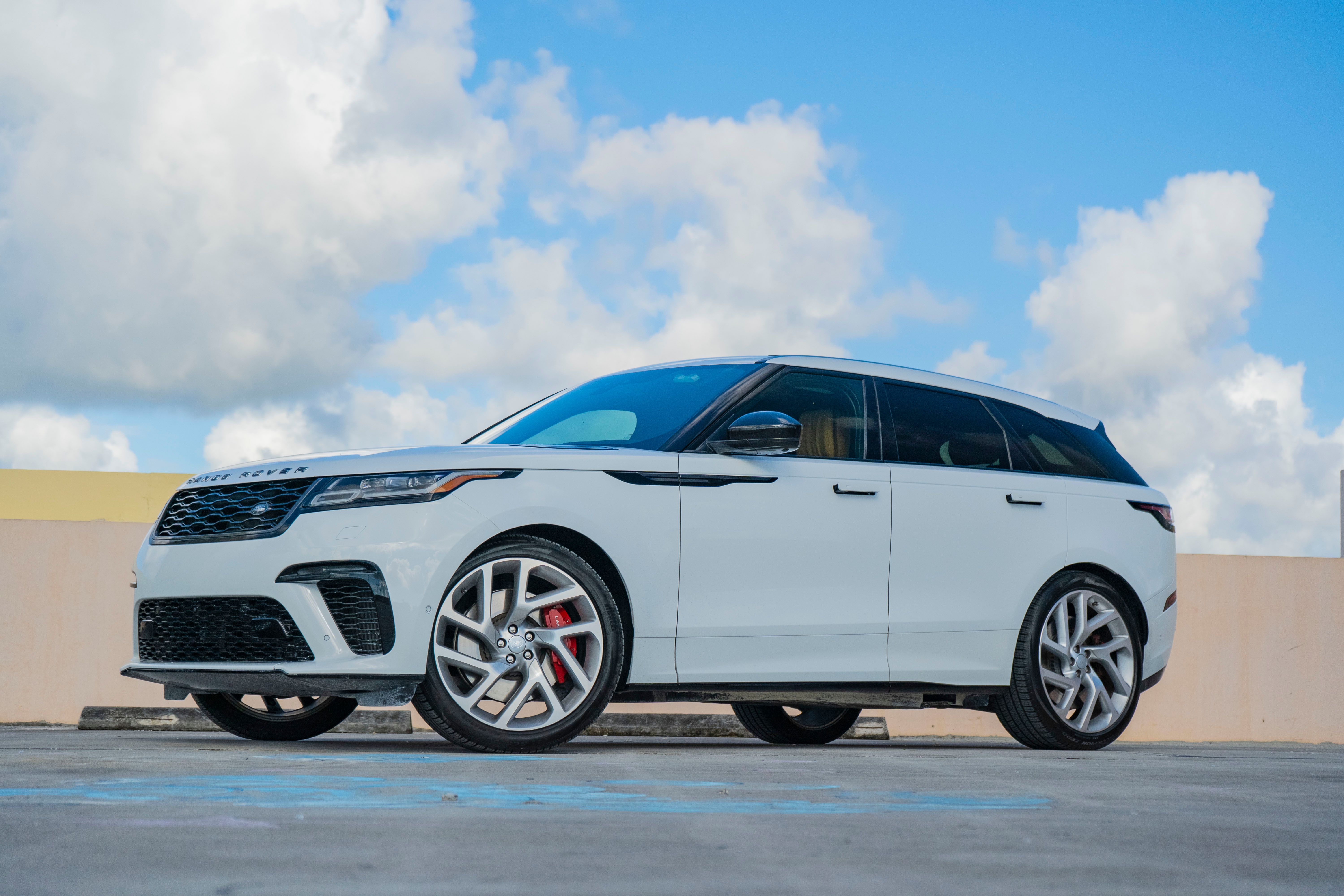
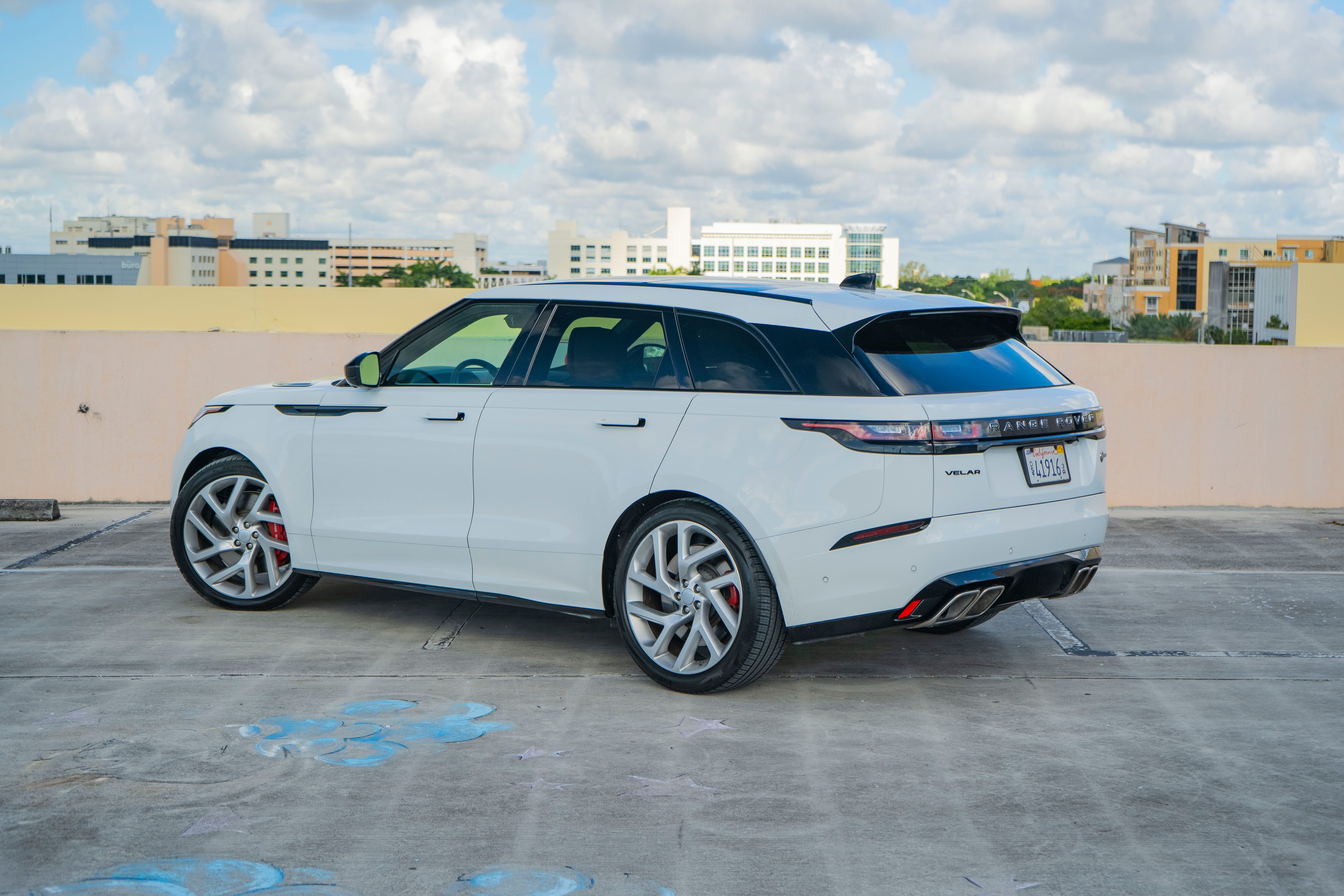
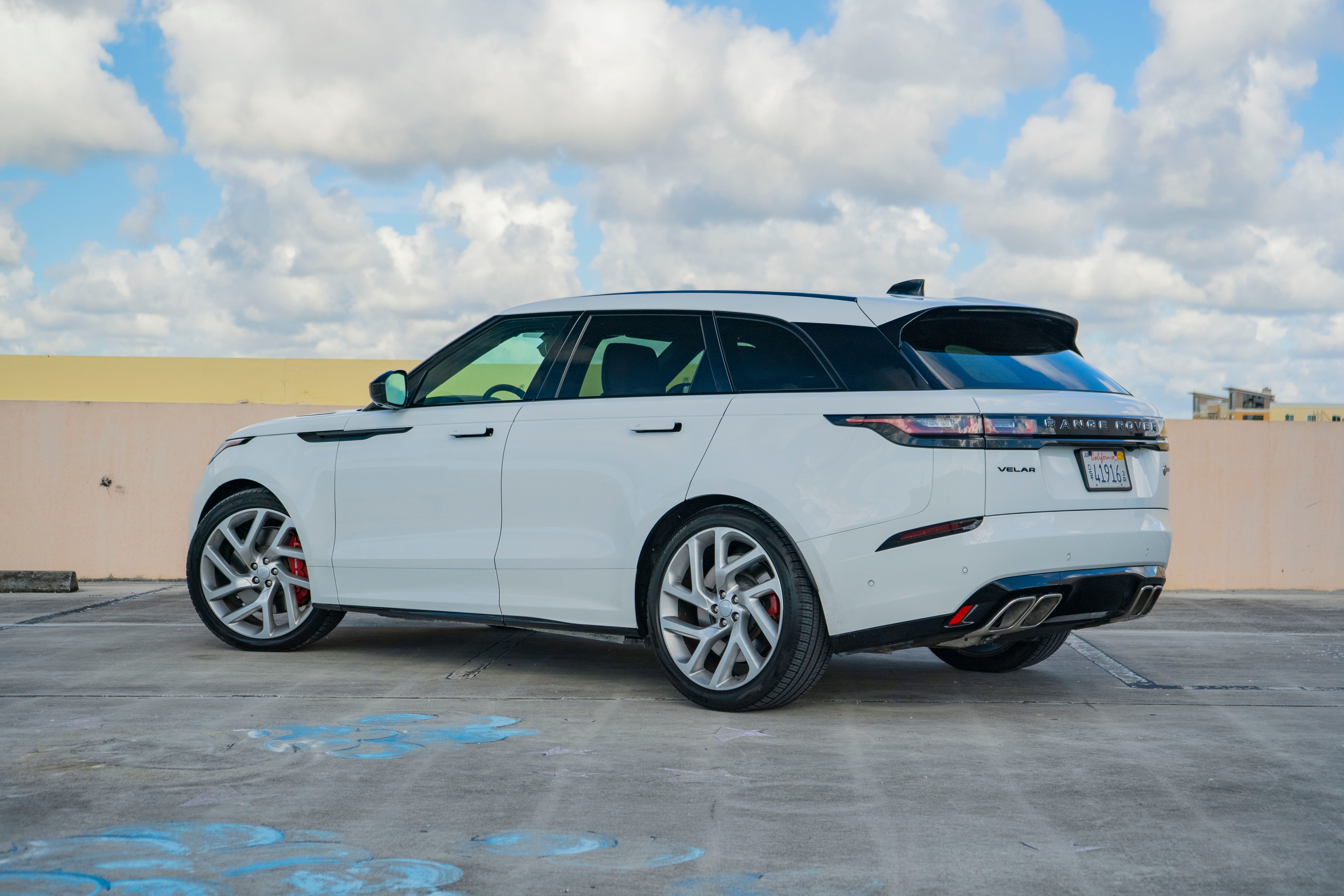
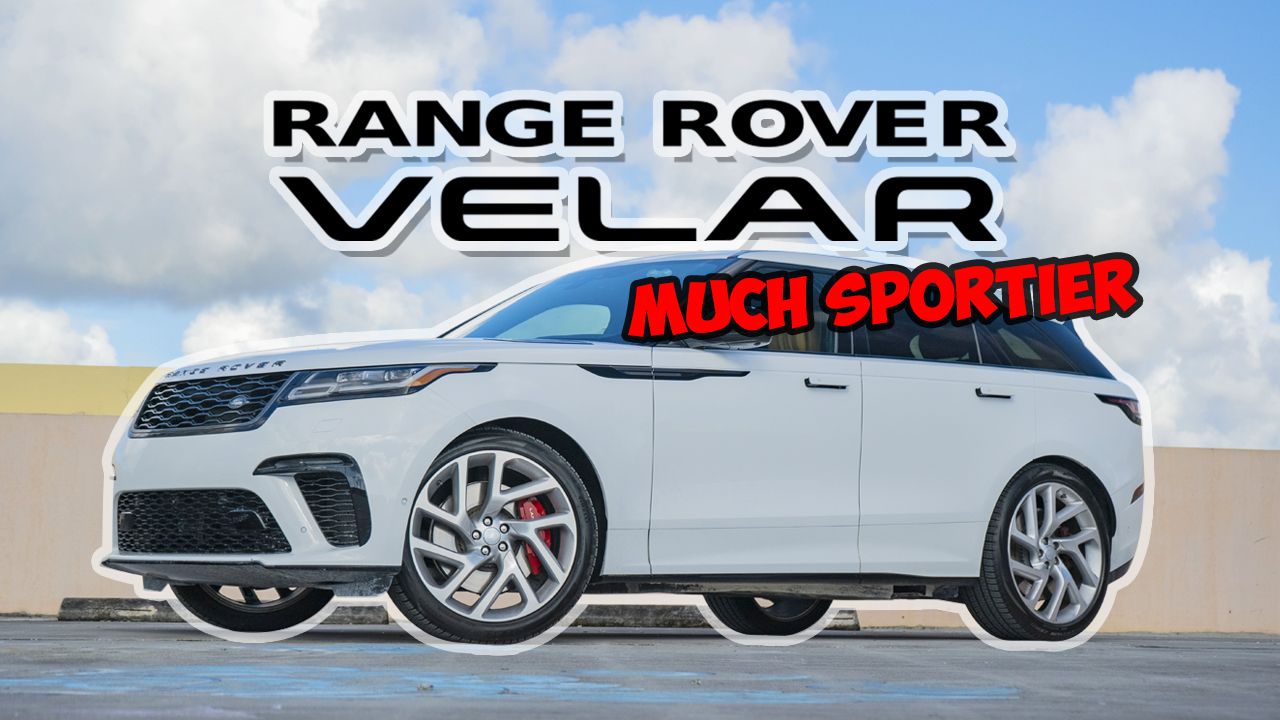
- Make: Array
- Model: 2022 - 2022 Test Drive: The Range Rover Velar Is Painfully Under-Appreciated
2021 - 2022 Test Drive: The Range Rover Velar Is Painfully Under-Appreciated


















- Make: Array
- Model: 2021 - 2022 Test Drive: The Range Rover Velar Is Painfully Under-Appreciated
The perfect size

Looking at the Velar, you quickly realize it is a scaled-down, sleeker version of the Range Rover Sport. Having driven a 2020 Range Rover Velar P300, the mid-size SUV provides plenty of room for five adults, without sacrificing comfort, even if they are six foot two inches tall. The cargo space is generous, at 26,4 cubic feet (748 liters) or 63.4 cubic feet (1,811 liters) once you fold down the rear seats, which reveals a flat surface. Those figures are not that far off the Range Rover Sport’s 31.7 cubic feet (897 liters) and 65.7 cubic feet (1,860 liters) respectively. The best thing is that the elegant roofline does not rob you of any practicality or headroom, which is a rare feat nowadays.
Much sportier than a Range Rover Sport

In addition to being smaller than the Range Rover Sport, the Range Rover Velar shares a platform with the Jaguar F-Pace. Thanks in no small part to the aluminum construction, the Velar has a curb weight of 3,902 pounds (1,770 kg). Combined with a sophisticated, Intelligent Driveline Dynamics (IDD), Adaptive Dynamics, Electronic Air Suspension, and all-wheel-drive with torque-vectoring by braking, the Velar is surprisingly versatile.
I always say there’s no such thing as a sporty SUV, but the Velar is one of the few vehicles to come pretty close to being one, as it remonstrates surprising cornering capabilities without much in the way of body roll. Certainly, a much sportier feel than the bigger, loftier Range Rover Sport, which can match the Velar’s driving dynamics only in SVR trim.
Adequate performance even with an inline-four engine

Depending on the market, the Velar is available with a variety of engines, ranging from inline-fours to V-8s. The facelift model dropped two of the engine options – the 2.0-liter P300 model and the 5.0-liter supercharger V-8 (sobbing). It was the P300 that we had at our disposal and it is, actually, the base engine of the Jaguar F-Type facelift.
In this guise, the inline-four produces 300 horsepower and 295 pound-feet (400 Nm). The transmission is an eight-speed ZF automatic. According to the manufacturer, this tandem is good for a 0 to 60 mph (97 km/h) sprint in 5.7 seconds, although we found that time to be off by about 0.5 seconds. Meanwhile, Velar P300 can top out at 145 mph (234 km/h) although we never got the chance to get there. Combined fuel consumption is rated at 30.2 mpg (7.8 L/100 km), but the best we managed was 25.3 mpg (9.3 L/100 km).
Just as much tech and luxury as the Range Rover Sport

Granted, with the 2022 Range Rover Sport introduced, the Velar is starting to feel a bit outdated, but it still has all the tech and luxury features that the previous Range Rover Sport has. This includes the highly-digitalized interior with dual-center touchscreens, with the upper one featuring a tilting function for the optimal angle. The touch-sensitive surfaces on the steering wheel, which imitate buttons were considered an overkill two years ago, but have now become the standard. As we said earlier, the Velar is a sportier, scaled-down version of the Sport.
Range Rover Velar Pricing - A Better Value

If you decide to go for the much sportier Range Rover Velar instead of the bigger Range Rover Sport, you will spend, on average, around $11,000 less. The mid-size Velar starts at $58,300 while the base Range Rover Sport will set you back $70,900. The Velar is also one of the most affordable in its segment, considering the BMW X5 starts at $59,400, but can easily top the $100,000 mark. It also wouldn’t hurt to mention that, while smaller than the Range Rover Sport, the Velar is much more fun to drive. It’s an SUV that wants to be a sports car, and it’s almost there.

